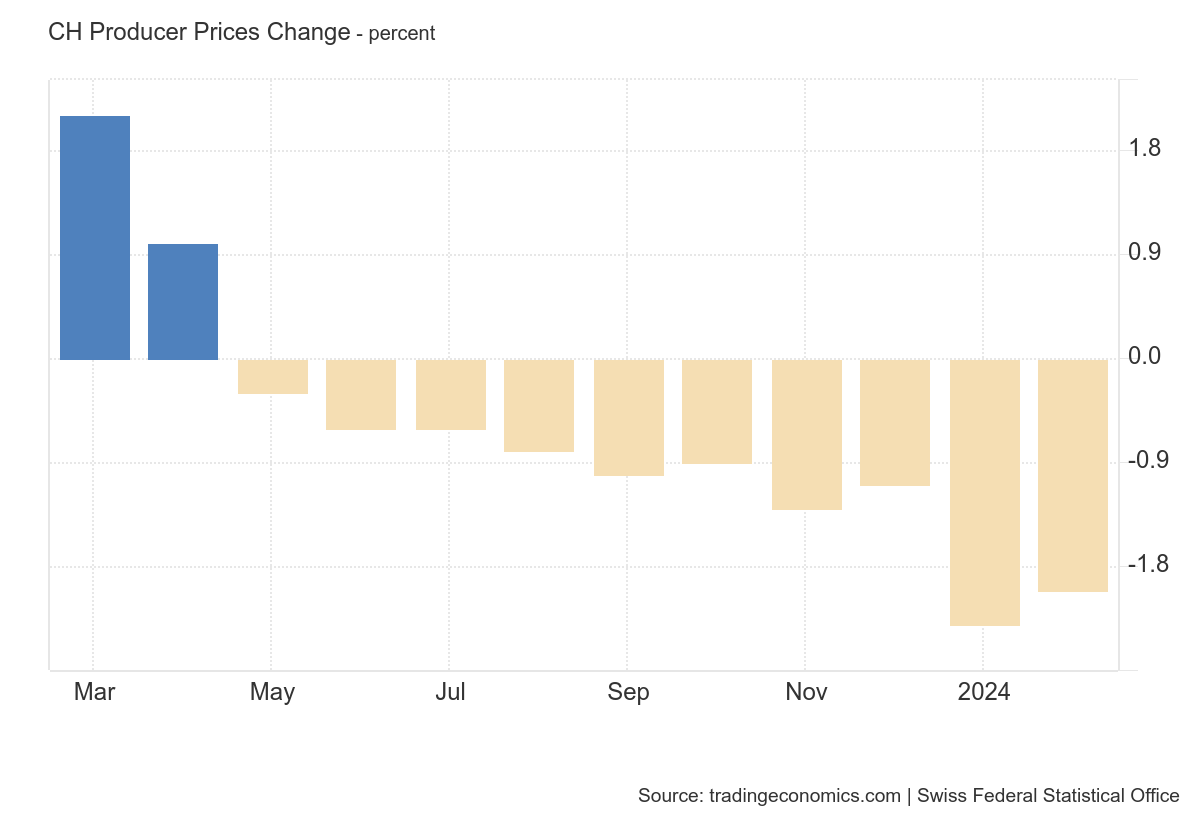Here we are again in the final quarter of the year when thoughts turn to Thanksgiving and Christmas and… reviewing your financial house. Oh, that’s not on your list? Well, let’s put it there because financial issues cannot be on automatic pilot. Things change and you need to keep current. Here are 16 items you need to review before the end of the year.
Tax Loss Harvesting
No one wants to pay more taxes than necessary (at least no one I know) and harvesting capital losses to offset any capital gains is one way to do that. Even if you can’t use all the losses this year, excess losses are carried forward to be used in future years.
You might be reluctant to sell an investment you really like. But keep in mind the Wash Sale Rule from IRS Code section 1092. It allows you to sell a position at a loss, deduct the loss, and buy back the same investment or one similar in 30 days. Buy it back in less than 30 days and the deduction is not allowed. The risk you run is if there is a major move in that investment during the 30-day period.
Charitable Contributions
You still have until December 31 to make tax-deductible charitable contributions. You can donate directly to a charity, or if you want to have more control, you can set up a Donor Advised Fund. You make an irrevocable contribution and receive a tax deduction that year. You can decide later when and to what charity you want to give money.
If you plan to donate the same amount of money each year, you can “bunch” the donation into a single year and increase your potential deduction for that year.
You can also consider giving assets with large capital gains. You won’t have to pay capital gains tax, and if you itemize, you can deduct the full value of the appreciated assets, up to 30% of Adjusted Gross Income (AGI). Generally, for other donations, your deduction is limited to 50% of AGI, unless you only give cash, in which case the limit increases to 60% of AGI. The limits are reduced for donations to certain organizations, such as private foundations.
Max Out Retirement Contributions for 2022
- 401(k) – $20,500 or $27,000 for people age 50+
- IRA – $6,000 or $7,000 for people age 50+
- Simplified Employee Pension – 25% of net self-employment earnings up to $58,000
Contribute to a Health Savings Account (HSA)
If you’re on a high-deductible health plan (HDHP) and not enrolled in Medicare, you may qualify to make tax-free contributions to a health savings account. HSA funds can be withdrawn, tax-free to pay for qualified medical expenses. The 2022 maximum contribution is $3,650 for individuals and $7,300 for families. If you’re over 50 you get an additional $1,000 catch-up contribution.
Convert Your Traditional IRA to Roth IRA
In retirement, having access to tax-free IRA distributions can be a benefit. One way to accomplish that is converting some or all of your Traditional IRA into a Roth IRA. But a conversion is taxable and you will have to pay ordinary income taxes on the conversion amount but no early withdrawal penalties. The conversion may make sense this year if you’re in a lower tax bracket or if you’ve been unemployed.
Review Your Tax Withholding
Changes in your number of dependents, income, and marital status can affect how much tax you owe. A review will tell you whether you should make a change in how much you have withheld from your paycheck. The IRS tax withholding calculator can help.
Required Minimum Distributions
If you’re 72 or older, don’t forget to take your Required Minimum Distribution. You want to stay in the good graces of the IRS. If you don’t take the RMD, you’ll pay a 50% penalty on what you should have withdrawn, still be required to take the RMD amount, and pay income taxes on the withdrawal. Avoid the headache.
A possibility for your Required Minimum Distribution (RMD) is a Qualified Charitable Distribution (QCD). The maximum contribution is $100,000. Although a charitable deduction is not allowed for a QCD, you don’t have to include it in your taxable income as you do with a regular RMD.
Check Your Flexible Spending Account (FSA)
A Flexible Spending Account (FSA) allows you to set aside pre-tax money to pay for healthcare expenses not covered by your employer health plan, things like copayments, deductibles, etc.
Generally, you lose any unspent money in your FSA if it’s not used by the end of the calendar year. Some plans contain a grace period that allows you to carry over any unused balance into the next year. If your plan has the carry-over provision, you have until March 15 to use it or lose it. If you’re not sure, check with your benefits department.
And one other year-end FSA item—reevaluate how much you want or should put into the FSA next year.
Review Investment Strategy
It’s no secret that investment strategies change over time. Has yours changed this year? Are you more aggressive or less? Is your attitude leaning more toward capital preservation than growth? Have there been life changes that require your investment plan to move in a different direction to handle new goals and objectives? If so, consult with your investment professional to see what modifications are needed for your investment strategy. And while you’re at it, update your Investment Policy Statement to reflect your modified investment goals.
Reallocate and Rebalance
If your portfolio has experienced tremendous growth or loss, it may be out of balance with your investment objectives. If that’s the case, you may be exposed to more risk than you want, especially if retirement is in sight. Review your allocations and rebalance, if necessary. Make sure to include all your accounts—investment, IRA, Roth, 401(k), 403(b), and 457 accounts.
Review Your Budget
Look back 12 months. Did you stay on budget, or did you spend more than you had planned? If so, why? Did you save as much as you projected or did you get off track? Were you able to pay off debt or did unexpected expenses increase what you owe? Regroup. Refocus. Set your goals for next year.
Plan for Large Expenses Coming in the Next 12 Months
What big expenses are coming up next year—a wedding, divorce, birth of a child, starting college, or opening a business? Will you be having major dental work or surgery? What about home repairs or buying another car?
Paying for large expenses may mean saving up for it, borrowing the money, or using a credit card. Choose the option that has the smallest impact on your finances.
Get a Free Copy of Your Credit Report
End the year knowing that your credit score is the best it can be and there are no mistakes or false entries because of clerical errors or identity theft. You’re entitled to one free copy of your report from each of the credit reporting agencies every year. You can get a copy of your report from Equifax, Transunion, and Experian by going to annualcreditreport.com
Review Insurance Policies
Review your existing policies—life insurance, homeowner’s or renter’s insurance, auto insurance, and health insurance. Ask these questions:
- Does the original reason you needed coverage still exist or should you look at other insurance products?
- Do you need more or less insurance in the coming year?
- Do your deductibles need to be adjusted?
- How do your insurance policies fit into your budget for the year? What changes do you need to make?
- Are you getting the best price for your insurance products?
Doing some comparison shopping may turn up better premiums or better coverage.
Check Your Beneficiaries
Has anything changed this year like marriage, divorce, the birth of a child or grandchild, or the death of one of your beneficiaries? Have you changed your beneficiaries because of those events? If not, it’s time to review.
For example, let’s say you’re divorced and got remarried this year. You didn’t change the beneficiary designation on your retirement accounts to your new spouse. If you die, your ex-spouse gets the money, and wouldn’t that cause some problems?
Your Will is not the final authority when it comes to accounts where you named a beneficiary. It’s the beneficiary designation form you filled out and signed when you set the account up. So, check anything with a designated beneficiary:
- Life insurance policies – Don’t forget policies through your employer
- Annuities
- Traditional IRA
- Roth IRA
- Inherited IRAs
- 401(k) account at your current employer
- 401(k) accounts at previous employers
- 403(b) accounts
- Deferred Compensation Employer Plans
- 457 Government Plans
- Health Savings Accounts
- 529 Education Savings Plans
- Transfer on Death (TOD) accounts. These can be at banks, investment firms, savings, and loans, or any financial institution.
- Pensions
Filling out a new beneficiary designation form and signing it is easy, it doesn’t take much time, and it protects the ones you love.
Review Legal Documents
Your personal situation can change as well as laws. So, review Wills, Trusts, Powers of Attorney, and the various healthcare documents to ensure that they’re up-to-date with current law. If you’ve moved to another state since your legal documents were created, you should check with an attorney to see if your documents are in line with your current state of residence laws.
There are probably lots of other things you’d prefer doing than going through a year-end checklist. But it’s the best way to keep your financial house in order.
Full story here Are you the author? Previous post See more for Next postTags: Featured,Financial Planning,newsletter
























